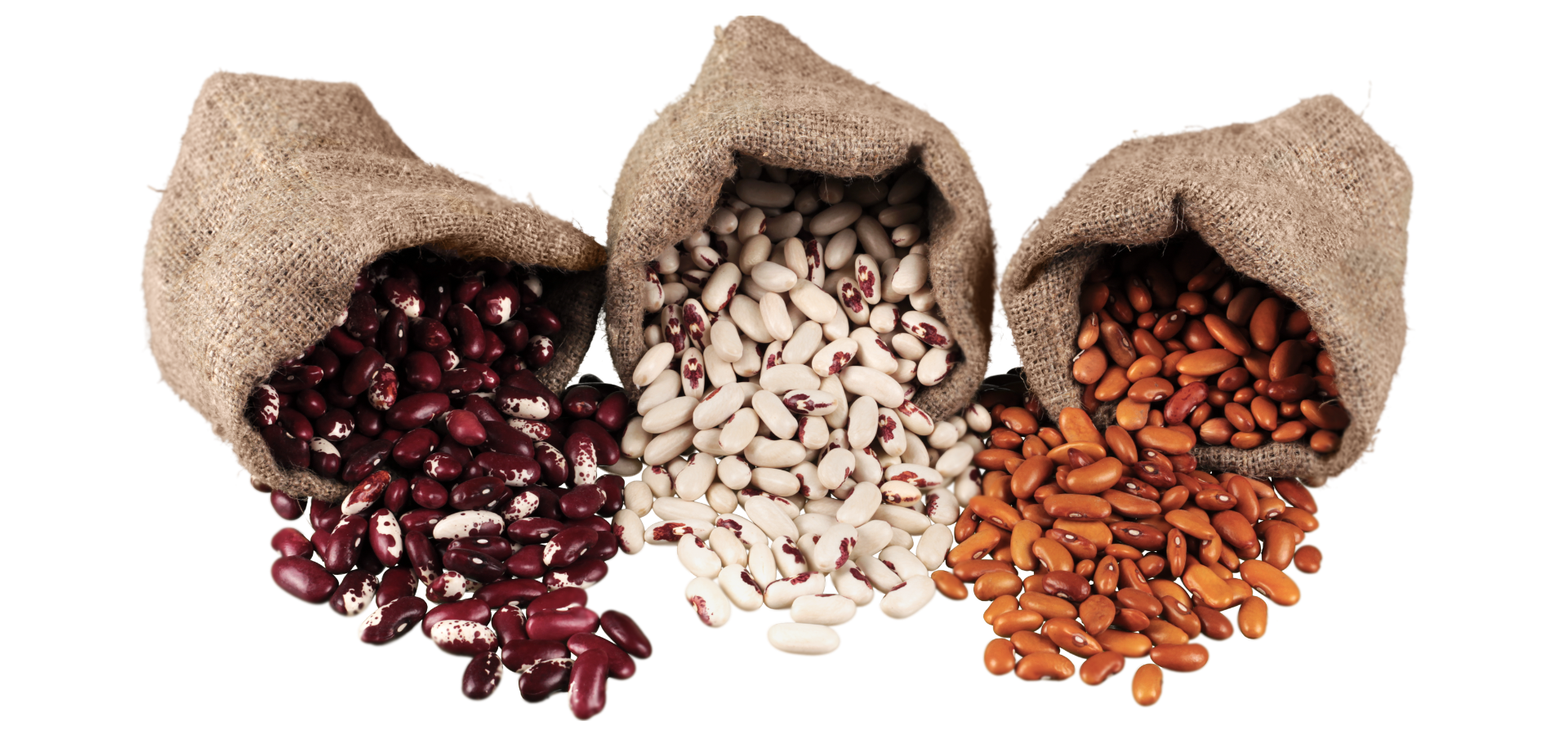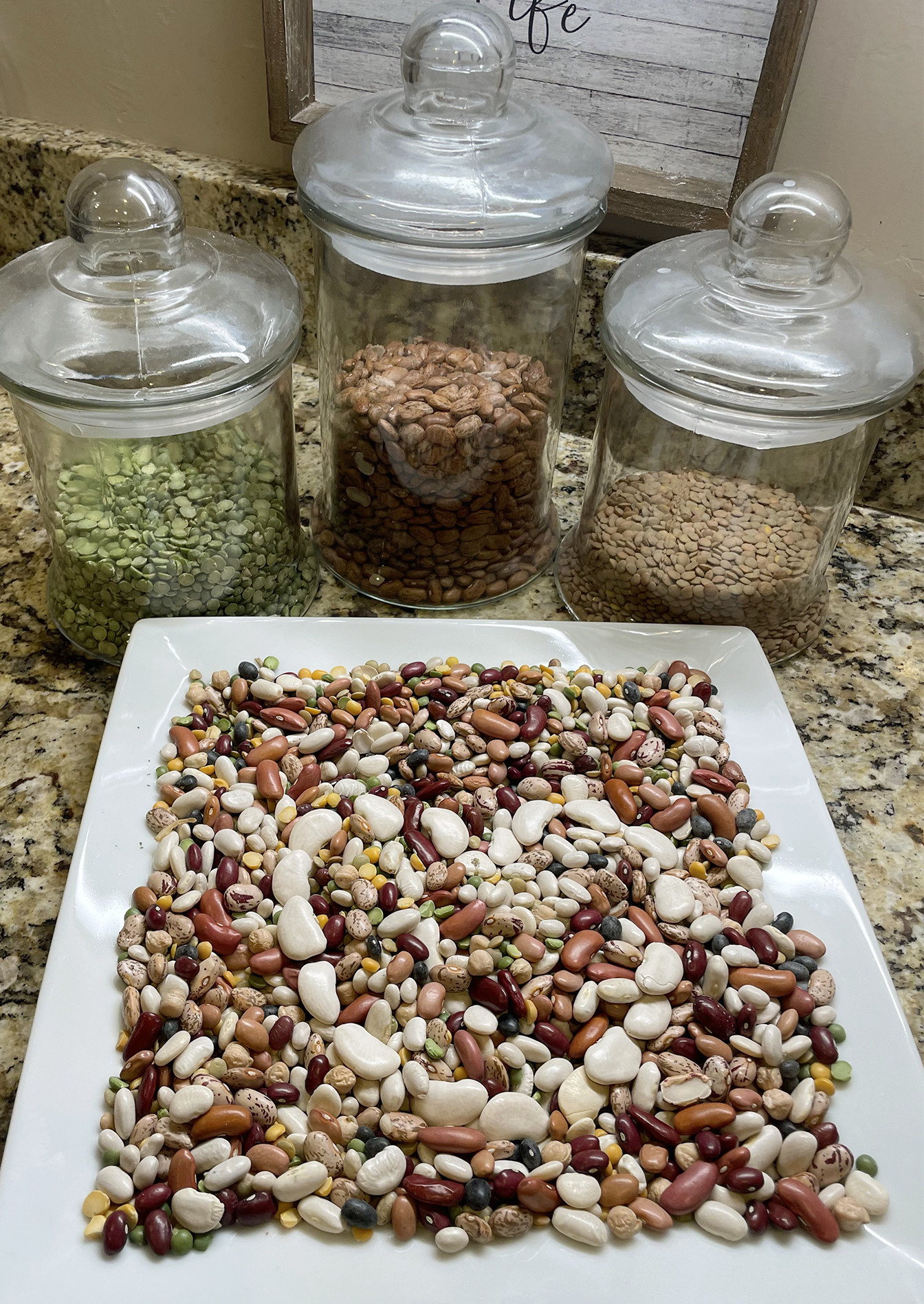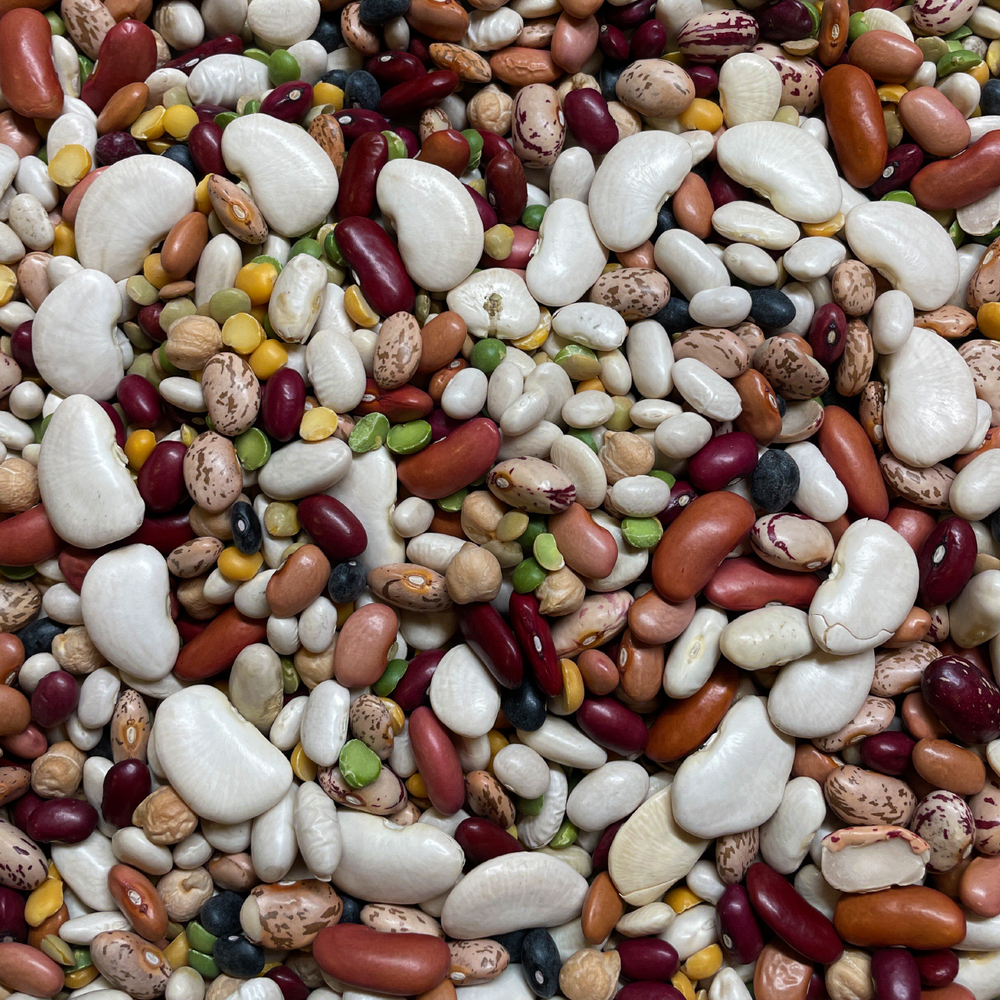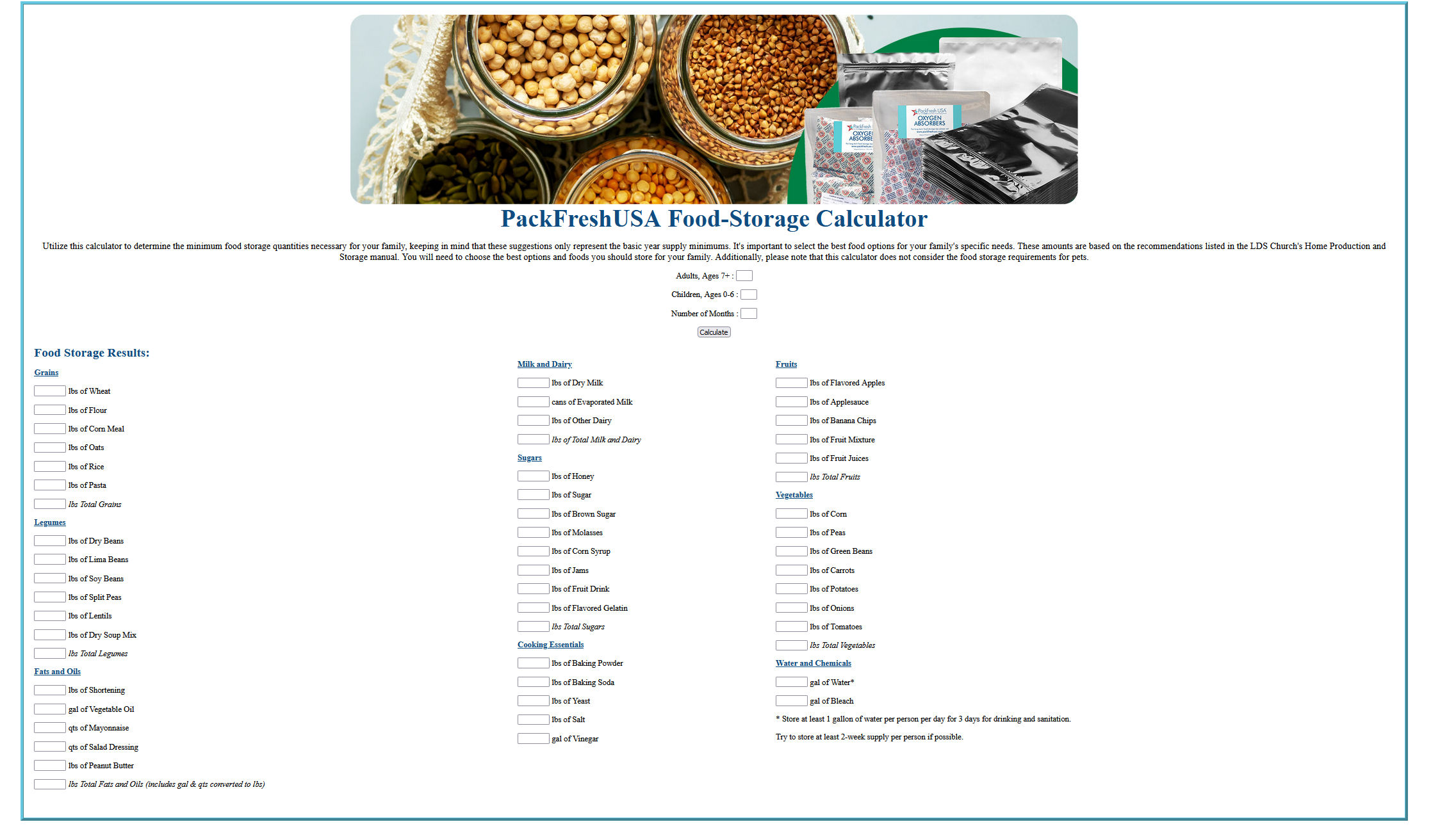What to Store For 1 Person for 1 Year - Beans
Posted by Ola Griffin on Mar 15th 2024

What to Store For 1 Person for 1 Year - Beans
I kicked off the year by embracing a challenge titled "What to Store for 1 Person for 1 Year," aiming to demonstrate the simplicity of food storage. By beginning with fundamental staples like grains and beans, and using the best Mylar bags in the industry, ensures your effort in storing food will be securely preserved for future use. Here I am using PackFreshUSA’s 7 Mil Box Sets that includes 100 Mylar bags in 3 different size, along with the proper oxygen absorbers. The Box Set includes (30) Pint bags with 100cc oxygen absorbers, (40) Quart bags with 300cc, and (30) Gallon bags with 500cc, offering a range of sizes for various storage needs. I wanted to also demonstrate how much food will fit in these 3 different bags sizes. Now you don’t need to use 7 mil bags, as even PackFreshUSA’s standard Mylar bags are effective for long-term storage, up to 30 years. In regards to pasta storage check out our other blog Pasta Prep: How Much to Store?, pasta belonging to the grain group. Beans belong to the Legume groups which also include lentils, and numerous other staples like split peas, chickpeas. There are in-fact over 16,000 legume varieties so I encourage selecting and storing your preferred types.

For 1 Person for 1 Year, you need an estimated 60 lbs of legumes.This is quick and easy to get started and storing legumes is easy pea-sy.
PackFreshUSA has a food storage calculator that you can find be clicking HERE. This tool is wonderful, it takes out the second guessing in what I need to store for 1 year. You put the number of adults age 7 years and older (I did one) and then I did 12 months. I hit enter and the system calculates what I will need for 1 Person for 1 Year. This would be the same amount for 2 People 6 Months or 4 People for 3 Months.
Food Storage Calculator: Legumes Guide
- Dry Beans: 30 lbs (Recommended: Pinto Beans 25 lbs for 1 person, 1 year)
- Lima Beans: 5 lbs (Note: I opted for 10 lbs of Split Peas instead)
- Soybeans: 10 lbs (Substitution: Great Northern beans stored instead)
- Split Peas: 5 lbs
- Lentils: 5 lbs
- Dry Soup Mix: 5 lbs
- Total: 60 lbs
Since I am not a fan of Soy Beans or Lima Beans, I compensate by adding extra quantities or varieties of other beans and lentils. It's crucial to store legumes you enjoy eating and ensure they are rotated every 10 years for freshness. Over time, some beans may become hard, but regularly rotating your stock helps maintain their quality for cooking.
Tips for Softening Hard Beans:
A mixture of baking soda and salt can effectively soften hard beans. I've found that this combination works better than using either ingredient alone to achieve the best texture.
Easy Storage Solutions:
Utilizing Gallon Mylar bags inside 5-Gallon Buckets is a straightforward and efficient method for storing legumes. This approach not only keeps them protected but also conserves space. This could easily be stored in a closet out of the way.
Click HERE to check out a video about Storing Gallon Mylar in 5-Gallon Buckets
Simple Recipes for Cooking Dry Beans
Quick Soak Method
- Sort beans to remove debris like stones or broken beans.
- Rinse beans in cool water.
- Soak: Place beans in a large pot and add water until it's 3 inches above the beans.
- Boil: Bring to a boil, let it boil for 1 minute, then rinse. Return beans to the pot, add fresh water to 2 inches above the beans, along with onion and bay leaves.
- Cook: Bring back to a boil, cover, and lower the temperature to medium to medium-high. Skim off any foam and stir occasionally. Cook for 1 to 1 ½ hours.
- Finish: Remove the onion and bay leaves. You can choose to drain the beans or leave them in their cooking liquid. Add salt and pepper to taste.
Regular Cooking Method
- Sort beans to remove debris like stones or broken beans.
- Rinse beans in cool water.
- Soak: Place beans in a pot and cover with water about 3 inches above the beans. Cover and let soak overnight, or for at least 8 hours.
- Rinse beans again in cool water after soaking.
- Cook: Transfer beans to a cooking pot, add fresh water to 2 inches above the beans, and include a few bay leaves and onion.
- Boil: Bring to a boil, then reduce heat to medium or medium-low. Cover the pot, stirring occasionally and skimming off any foam that surfaces. Cook for 1 to 1 ½ hours.
- Finish: Once done, you can choose to drain the beans or keep them in their broth. Remove the bay leaves and onion. Season with salt and pepper to taste.
So remember to include a variety of beans in your food storage plan. Legumes, when paired with grains, form a complete protein, essential for a balanced diet.
Happy prepping,
Ola D Griffin
Long-term Food Storage Expert
Customer Service, Safeguard Brands, Inc. dba PackFreshUSA
YouTuber Pandemic Prepsters - YouTube
Instagram - Ola Dee Griffin (@Preparedness101) • Instagram Photos And Videos
Tiktok - Oladeegriffin (@Oladeegriffin) | TikTok
|
Phone:(844) 857-8277
Mobile:(951)902-4644 Email: customerservice@packfreshusa.comWebsite: PackFreshUSA.com Toll Free 5 Star Service Line: (844)8 5 STARS (844) 857-8277 |
PackFreshUSA is featured in this Meat + Poultry Magazine article on using oxygen absorbers with jerky.
Check it out!


